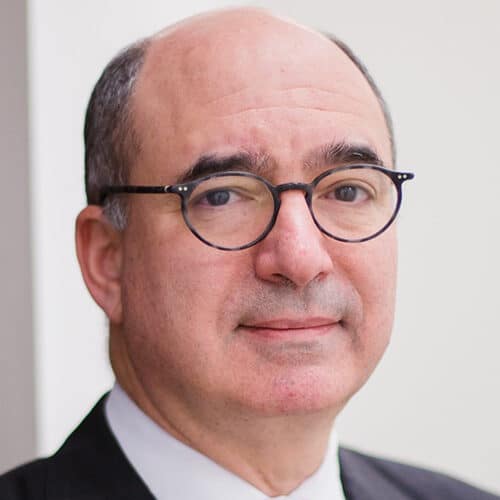FLASH FRIDAY is a weekly content series looking at the past, present and future of capital markets trading and technology. FLASH FRIDAY is sponsored by Instinet, a Nomura company.
The future of capital markets trading and technology is always an interesting topic — how will tech advances, evolving business models and regulatory changes impact the business of securities trading?
For U.S. equity market participants, the single most pressing near-term future question is: what will market structure be when/if all or most of the U.S. Securities and Exchange Commission’s recent proposals are finalized?
Nitty-gritty details are unclear for the time being, but there does seem to be a consensus that tomorrow’s market will be more expensive for intermediaries to operate in, and liquidity may be at risk.
In December 2022, the SEC launched four major proposals that could dramatically reshape the US equity market. These proposals include sending retail orders to exchanges, changing tick and lot sizes, and imposing new requirements on brokers to achieve best execution.
On Thursday, March 23, the distinguished panel with representatives from consumers to regulators to exchanges gathered at the Virtual FMQ, The SEC’s Market Structure Proposals (“NMS 2.0”) organized by Georgetown University’s Psaros Center for Financial Markets and Policy to discuss those important issues.

It’s been almost 20 years since the Reg NMS was adopted, and there are certainly things that should be updated, according to MEMX Head of Market Structure Adrian Griffiths.
“There are a few meaningful changes that we think would be broadly beneficial for the marketplace,” he said.
But as far as the entire agenda goes, Griffiths thinks the SEC is not going to get even the amount of support that they had anticipated.
He added that the SEC is trying to do “too much all at once”.
He said it is a problem for markets: “It’s a problem from an operational risk perspective. It’s a problem in terms of technology development.”
“We need to really think about how far we want to go with some of these changes before we have real data to back them up,” he argued.

Adam Nunes, Head of business development at Hudson River Trading, agreed, saying that we have to think a lot about sequencing, and we have to understand what we don’t know.
“I feel like we have consensus that we should do something, but not consensus on precisely what we should do,” he argued.
“From my perspective, I think we should move forward with 605. I think we should address the tick size issues, and then we’re going to have a completely different market structure.”
“We have to be thoughtful about how we do this,” he added.
On the best execution rule, he said that if we move forward with 605 we will have better ability to compare execution, but if we move forward with tick sizes, there’s a heavy reliance on the midpoint.
He said that market participants benefit from having a great market that serves investors. “I think that we’re seeing a lot of people with that hat on who might gain from say the order competition rule.”
“But don’t think that that’s the best outcome for investors overall, and are having a hard time supporting it,” he said.
“We think the order execution quality disclosure is a good thing. It’s going to improve market quality, it’s going to improve investor choice,” he added.
Dave Lauer, co-founder and CEO of Urvin Finance, said there are parts of the proposals that are more complex than they need to be. For example, with best execution and the carving out of conflicted transactions, he said that it’s not the simplest approach.
Larry Tabb, Head of Market Structure Research at Bloomberg, added that it doesn’t take much for things to go off the rails and that can happen very quickly with very severe implication. “The technology lifted to get this together is going to be expensive.”

He thinks that attention to best execution is very important. According to Tabb, the problem is that the SEC defines best execution in only one manner and that is what is the lowest price that a retail investor can get. He added that the best execution for institutional investors is very different.
“They want confidentiality. They want ease of execution,” he said.
“What we’re dealing with is an effort to try and have the SEC define what constitutes best execution in its view,” he added.
When asked if he could make one and only one change in US equity market structure, Tabb said that he would develop a set of principles that “we would like to see our markets embody rather than proposing rules”.
“I would do sort of the 10 commandments and then tasked the industry to move forward in meeting those commands,” he said.







